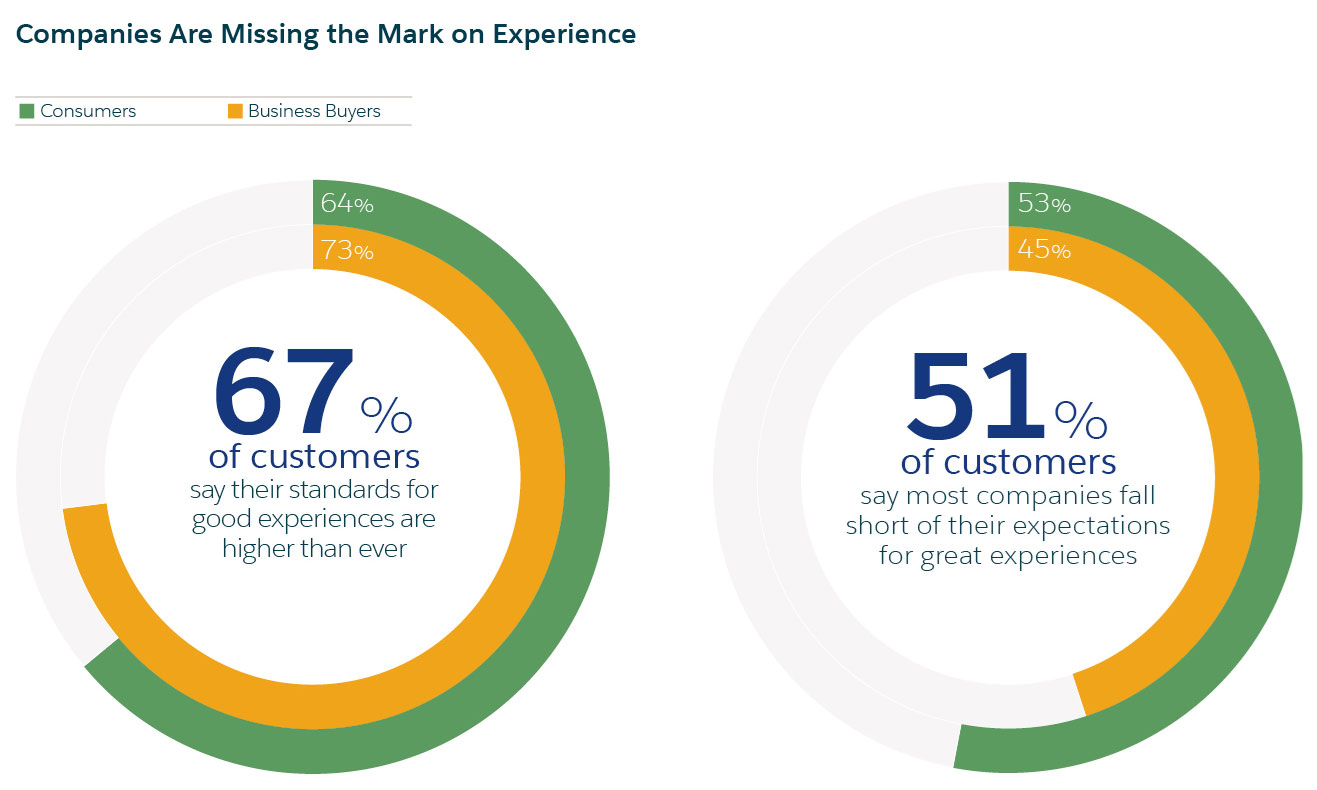
Business-to-business marketing refers to the marketing of products or services to other businesses and organizations. It holds several key distinctions from B2C marketing, which is oriented toward consumers. Between 2017 and 2018, at least 40% of B2B companies invested a tenth of their budget in marketing. Since then, that number has risen to almost 50%. The total expenditure is distributed across the following: 56% on Digital Marketing, 52% on Website Development and 36% on tradeshows and events. Content Marketing (27%) is an area in constant growth, according to the Sagefrog Marketing Group’s 2020 Marketing Mix Report.
Of the remaining 9%, 54% said they plan to invest in content marketing within 12 months. 43% have no immediate plans to use content marketing; and 4% have used content marketing in the past. Quality content can offer a strong ROI when properly optimized for search engines so that it can be easily found and shared over and over again. This means that quality content combined with clear and graphically pleasing landing pages and contact forms can help provide qualified leads. Each piece of content must be designed in such a way that it is informative, relevant, searchable, shareable, not overly promotional, and above all, distinctive from that proposed by competitors.
Building a B2B strategy that delivers results requires considered planning, execution, and management. The steps for getting there are part of any inbound plan because they incorporate two fundamental assumptions. Personalized, useful, and relevant content that authentically conveys the brand’s vision and value system through relevant channels. Continuous listening to the feedback of the reference target, previously profiled or previously identified. Develop a global vision and select specific and measurable business objectives to achieve. And, of course, create content, distribute it and organize campaigns for each channel.
B2B marketing must include a variety of content, most of which is typically inbound. Regularly updated blogs provide organic visibility and direct inbound traffic. Social networks allow you to reach and attract potential customers where they are active. SEO best practices must be updated in conjunction with Google’s algorithm.
Blogs: Regularly updated blogs provide organic visibility and direct inbound traffic to the website, whether institutional or product based. The blog can contain different types of content: copy, infographics, videos, case studies and much more.
- Search: SEO best practices must be updated in conjunction with Google’s algorithm, which is changing more and more often, making it difficult to keep up. Lately, the focus has shifted from keywords and metadata to the interpretation of the user’s signals of intent.
- Social media: Both organic and paid traffic should always be part of the mix. Social networks allow you to reach and attract potential customers where they are active. B2B customers increasingly use these channels to search for potential suppliers and to inform their purchasing decisions.
- White papers and ebooks: Resources containing valuable information can be gated (requiring users to provide contact information or perform another action to download the content) or freely available. Often used as B2B lead generation tools.
- Email: Although its effectiveness in recent years has been impacted by the proliferation of spam filters, email is still widely used today.
- Video: Content that can be used within many of areas listed above (blogs, social media, e-mail) is becoming increasingly important for B2B strategies
Personalization and relevance are essential for B2B marketing. Content and ads should thematically adapt to the place where they are displayed. For example, shorter videos with simpler and more immediate narrative hooks work better on social media feeds, while a longer video is probably better suited to YouTube.
Auto254
Companies are made of people: The importance of personalization in the B2B inbound marketing tactics